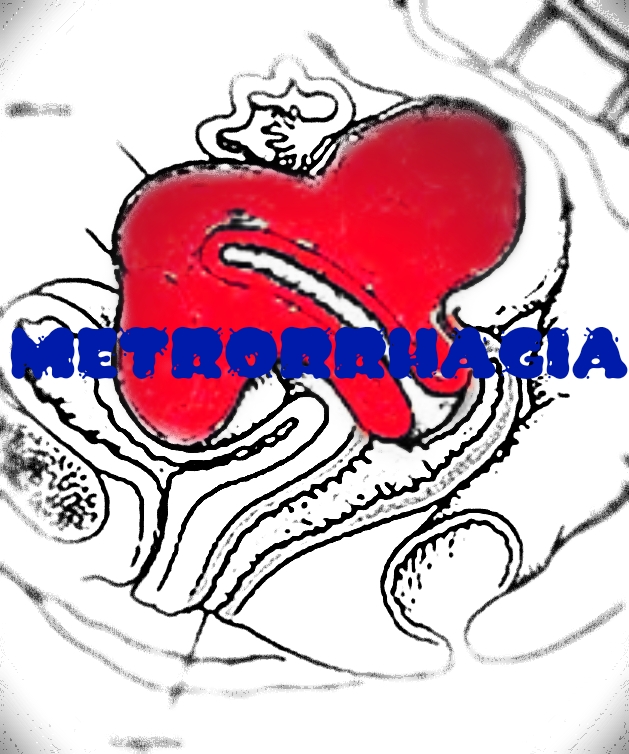
Role of Homoeopathy in Jaundice | HDS
- Jaundice, also known as icterus, is a medical condition characterized by the yellowing of the skin, mucous membranes, and the white part of the eyes (sclera) due to the accumulation of bilirubin in the body.
- Bilirubin is a yellow pigment produced as a result of the breakdown of hemoglobin in red blood cells.
- Jaundice can indicate an underlying health issue affecting the liver, gallbladder, or red blood cells.
Causes of Jaundice:
- Excessive Breakdown of Red Blood Cells (Hemolytic Jaundice): When red blood cells break down at an abnormally high rate, the resulting excess bilirubin overwhelms the liver’s ability to process it. Conditions that can lead to hemolytic jaundice include hemolytic anemias, such as sickle cell anemia and thalassemia.
- Liver Diseases (Hepatocellular Jaundice): Liver diseases, such as hepatitis (viral or autoimmune), cirrhosis, and alcoholic liver disease, can impair the liver’s ability to process and excrete bilirubin. This can result in bilirubin buildup in the bloodstream and subsequently in the tissues.
- Obstruction of the Bile Ducts (Obstructive or Choledochal Jaundice): Blockages in the bile ducts can prevent the normal flow of bile from the liver to the intestines. This can occur due to gallstones, tumors, or inflammation of the bile ducts, leading to a buildup of bilirubin in the blood and tissues.
- Newborn Jaundice (Physiological Jaundice): Many newborn babies develop mild jaundice shortly after birth. This is often due to the immature liver’s inability to efficiently process bilirubin. It usually resolves on its own within a few days to weeks.
Symptoms:
Apart from the characteristic yellowing of the skin and eyes, other symptoms of jaundice may include:
- Dark urine
- Pale stools
- Fatigue and weakness
- Abdominal pain or discomfort
- Unintentional weight loss
- Itchy skin
Diagnosis:
Diagnosing the underlying cause of jaundice involves a combination of medical history, physical examination, and various tests, including blood tests to measure bilirubin levels, liver function tests, imaging studies (ultrasound, CT scan, MRI), and possibly a liver biopsy.
Homeopathic Management :
1. Chelidonium majus (Chel.):
- This remedy is often indicated for jaundice with a sensation of fullness and pain under the right shoulder blade.
- The patient may have a yellow-coated tongue and a craving for warm drinks.
- Jaundice due to hepatic and gall-bladder obstruction. Gall-colic. Distention.
- Fermentation and sluggish bowels.
- Constriction across, as by a string.
- Liver enlarged.
2. Carduus marianus (Card-m.):
- This remedy is associated with liver and gallbladder disorders, including jaundice.
- There may be a feeling of soreness in the liver region, and the patient might complain of indigestion and flatulence.
- Hyperæmia of liver, with jaundice.
- Pain in region of liver.
- Left lobe very sensitive.
3. Myrica cerifera (Myric.):
- Myrica is used for jaundice with a bitter taste in the mouth and a coated tongue.
- The patient might also have abdominal discomfort and flatulence.
- Dull pain in the region of the liver.
- Complete jaundice, with bronze-yellow skin; loss of appetite.
- Fullness in the stomach and abdomen.
- Scanty, yellow, frothy urine.
- Fulness; drowsiness; debility; mushy, clay-coloured stools; jaundice.
4. Lycopodium clavatum (Lyc.):
- Lycopodium is indicated for jaundice with bloating, flatulence, and a craving for sweets.
- The patient may experience a sense of fullness in the abdomen, especially after eating.
- Liver sensitive.
- Brown spots on abdomen.
- Dropsy, due to hepatic disease.
- Pressure and tension in liver; esp. on satisfying one’s appetite.
- Cramp-like pain in diaphragm, and contusive pain in liver, on stooping.
- Pain when walking in upper part of r. hypochondrium, as if the suspensor ligament of the liver would tear.
5. Nux vomica (Nux-v.):
- This remedy is suited for jaundice caused by overindulgence in rich foods, alcohol, and stimulants.
- The patient may have a bitter taste in the mouth, nausea, and a tendency toward irritability.
- Pale or yellowish colour of skin.-Yellowness, with dislike to food, and syncope.-Jaundice.
- No hunger.
- Flatulent distension, with spasmodic colic.
- Colic from uncovering. Liver engorged, with stitches and soreness.
- First half of tongue clean; posterior covered with deep fur; white, yellow, cracked edges.
- Does not want to be touched.
- Time passes too slowly.
6. Podophyllum peltatum (Podo.):
- Podophyllum is used for jaundice with yellowing of the whites of the eyes and a bitter taste in the mouth.
- The stools may be clay-colored, and the patient might complain of abdominal pain and distension.
- Is especially adapted to persons of bilious temperament.
- Distended; heat and emptiness.
- Can lie comfortably only on stomach.
- Liver region painful, better rubbing part.
- Torpidity of the liver.
7. Mercurius solubilis (Merc.):
- Mercurius is indicated for jaundice with a tendency toward excessive salivation, sweating, and offensive breath.
- The patient may experience a metallic taste in the mouth.
- Stabbing pain, with chilliness. Boring pain in right groin.
- Flatulent distention, with pain.
- Liver enlarged; sore to touch, indurated.
- Jaundice. Bile secreted deficiently.
- Tongue heavy, thick; moist coating; yellow, flabby.
- Swelling and hardness of liver.-Complete icterus.
- Abdomen hard and inflated, with soreness when touched, principally in umbilical region.
- Colic which only passes off in a recumbent position.
- Swelling and hardness of liver
8. Chionanthus virginica (Chion.):
- Chionanthus is specifically associated with jaundice and liver disorders.
- The patient may have a bloated abdomen, pale stools, and yellow-coated tongue.
- Jaundice with arrest of menses.
- Tongue is Broad with thick yellow fur.
- Hypertrophy of liver.
- Enormous liver, constipation, stools clay-coloured, skin very yellow, urine very dark, almost black.
- Soreness in region of liver, quick, weak pulse, stools undigested and showing entire absence of bile, urine almost black.
- Chronic cases of jaundice.
- Jaundice recurring every summer.
- No appetite.
- Bilious colic.
- Hepatic region tender.
Worked By : Sunitha Asir (Final BHMS)







